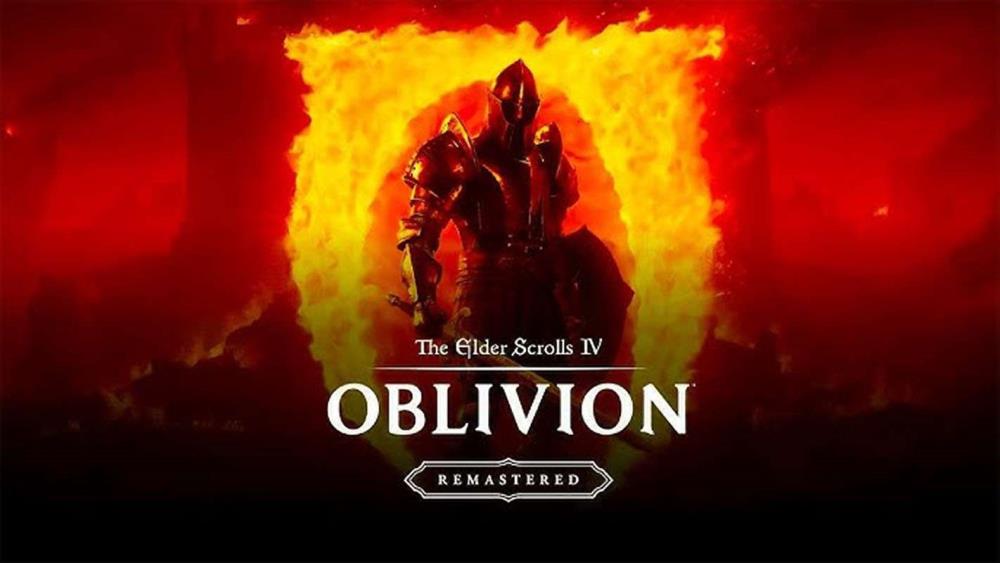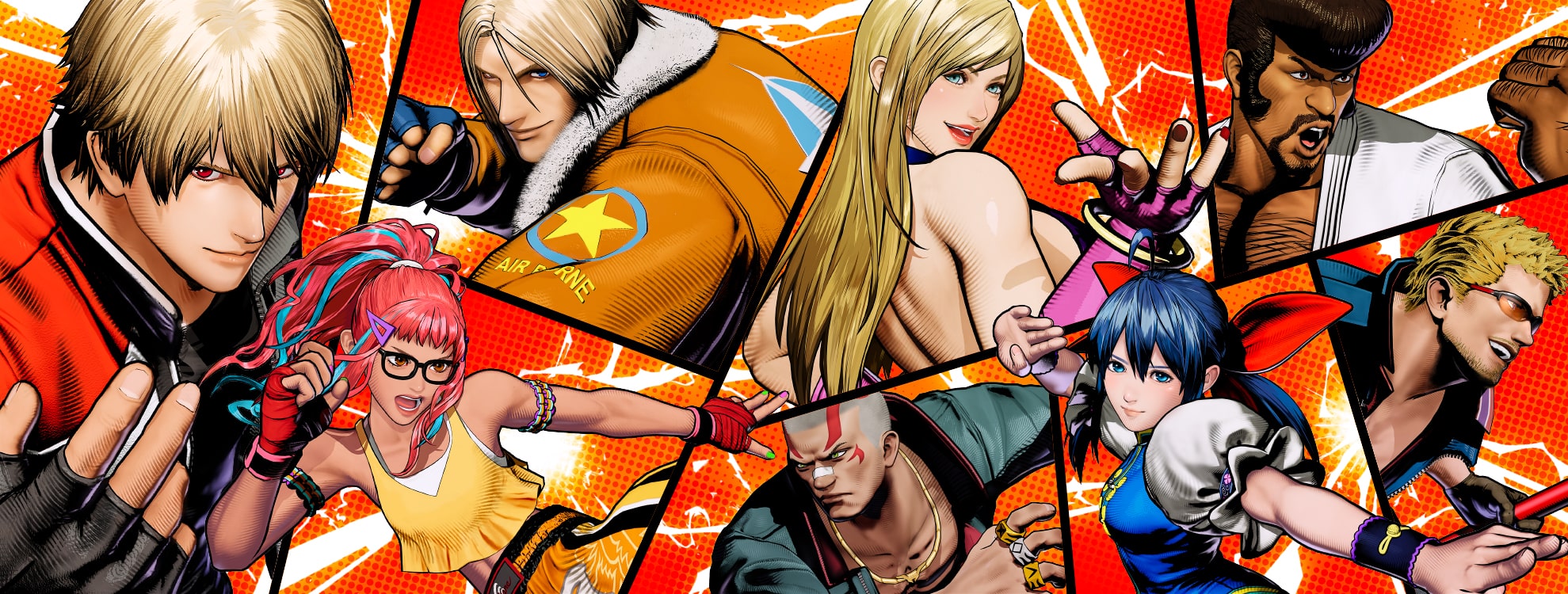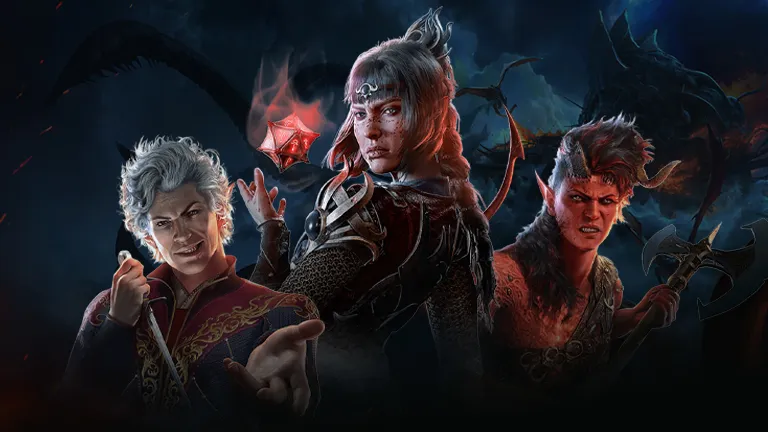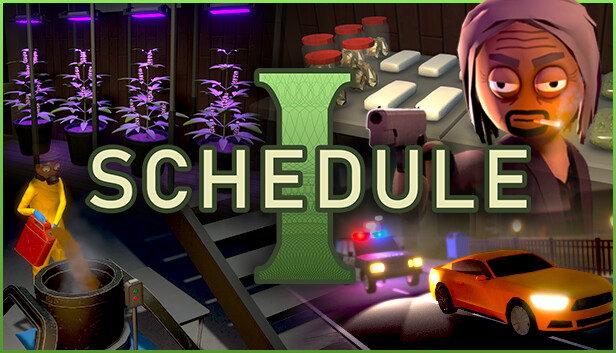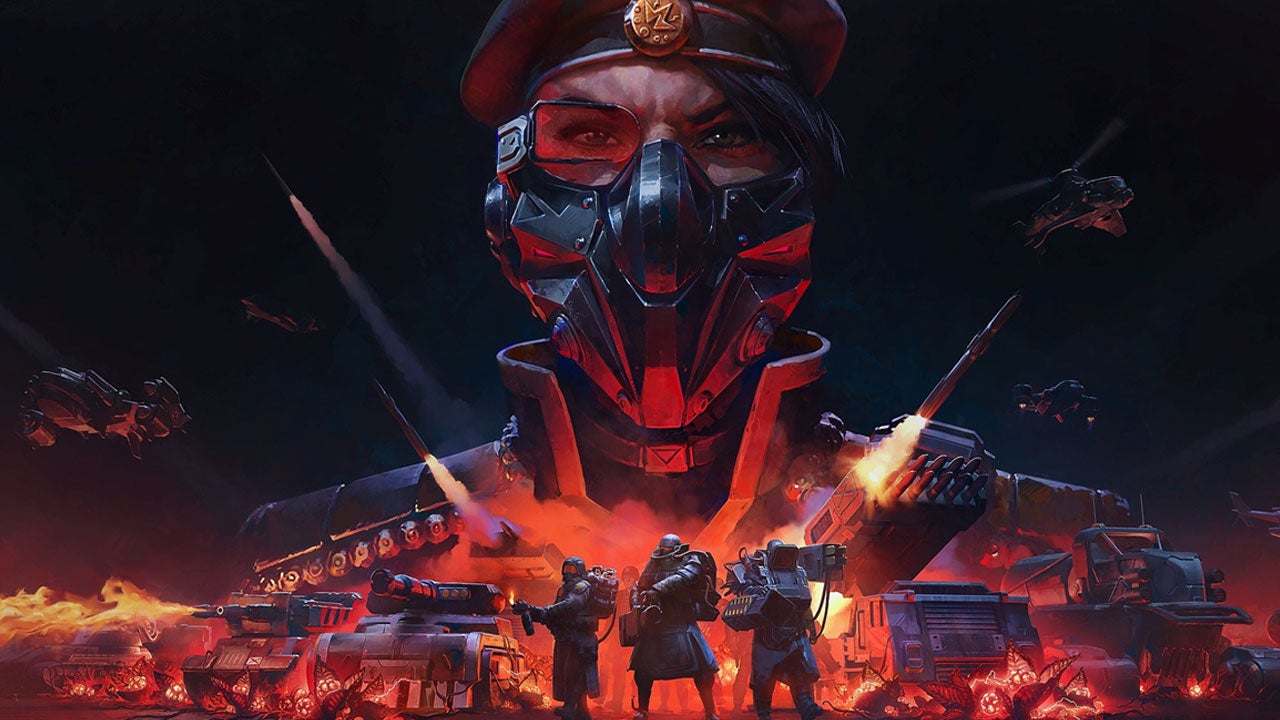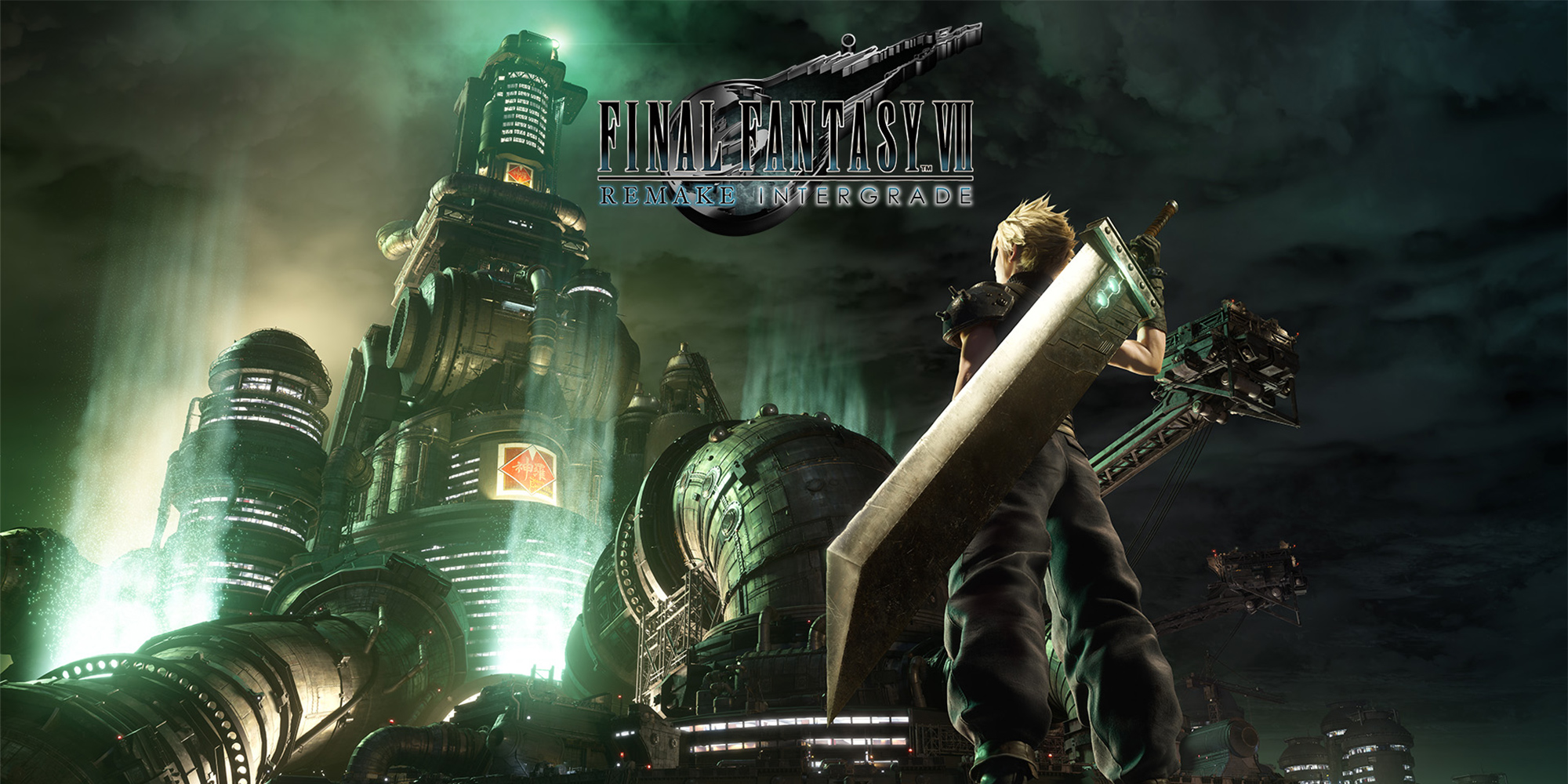Much like a Mythic Dawn assassin emerging from a hidden chamber with deadly intent, the remastered edition of The Elder Scrolls IV: Oblivion appeared without warning—and I’ve wholeheartedly embraced its return. Over the course of more than 80 hours in under a week, I immersed myself once again in this charmingly awkward and deeply engrossing RPG. This reimagined version, with its Unreal Engine facelift and modest modernizations, reignited my love for one of the most iconic open-world adventures in gaming. Whether I was battling alongside a noble heir to close the gates of hell, aiding the chaotic deity Sheogorath through his mental unraveling, climbing the ranks of every faction like a student desperate to graduate with honors, or awkwardly invading NPCs’ personal bubbles mid-conversation, the game welcomed me back with open, albeit occasionally janky, arms.
Having recently revisited the original version in anticipation of its return, the differences stood out vividly. The cleaner, more functional user interface, revamped leveling mechanics, and dramatic graphical improvements all come together to make this nearly 20-year-old game more enjoyable than ever. Still, some legacy quirks have been stubbornly preserved: the age-old performance hitches and the frustratingly unchanged enemy scaling system remain notable sore points. Despite those frustrations, my journey back to Cyrodiil was filled with joy. Even with the weight of nostalgia pressing heavily on my experience, I can honestly say that this remaster is more than a simple trip down memory lane—it’s a revitalization of a weird and wonderful classic.
For newcomers unfamiliar with the original, Oblivion presents a vast, open-world fantasy setting from an era when Bethesda’s RPGs were less hand-holding and more daring in narrative ambition. You’ll grow your character by engaging in everything from fireball-slinging to armor repair, all while chasing epic loot, delving into quests, and robbing entire villages blind. Many quests still hold up surprisingly well, particularly the guild storylines and overarching plotlines involving ancient prophecies and forbidden magic. However, the infamous Oblivion realm levels—which feel like repetitive, procedurally generated dungeons—remain a weaker link in the chain, serving as a reminder of the limits of early design experimentation.
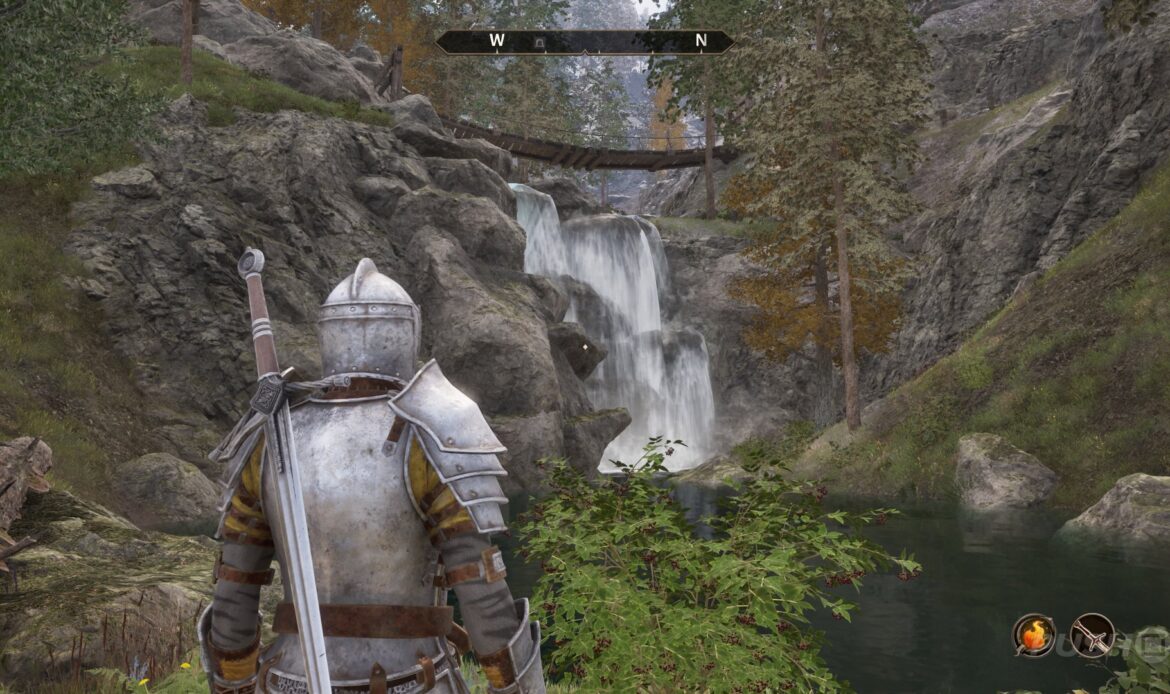

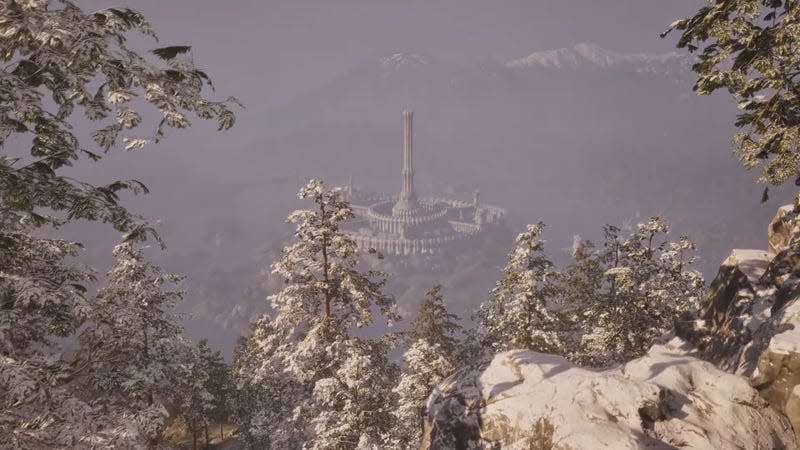
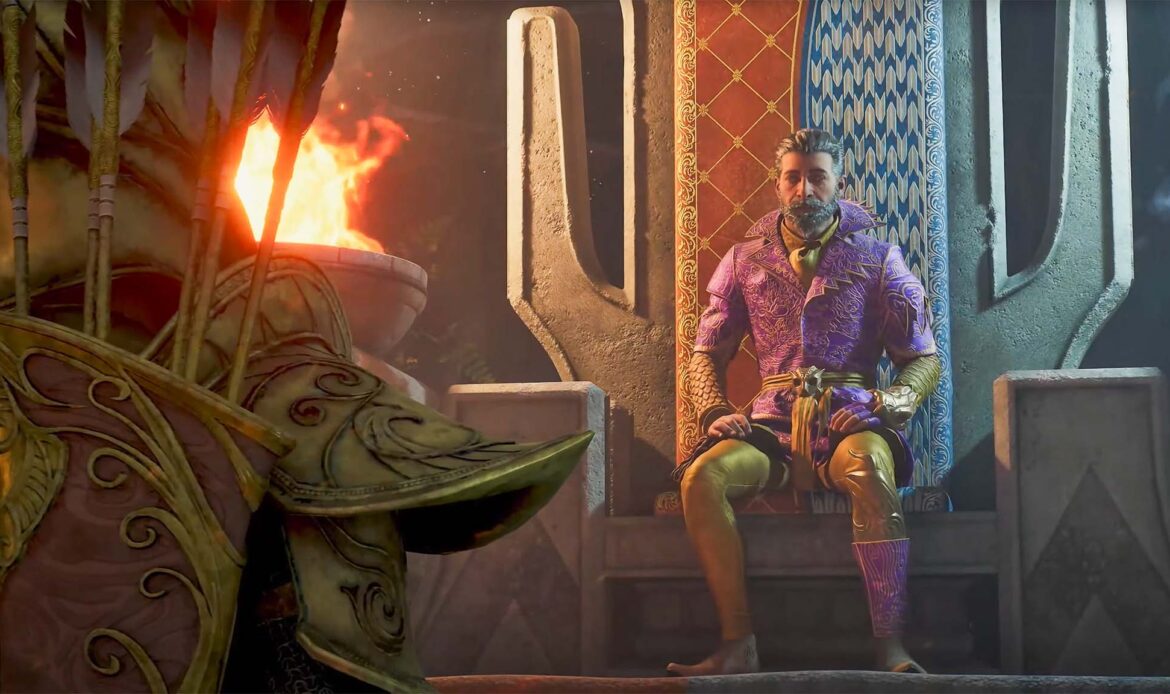
What really sets Oblivion apart, even now, is the freedom baked into its systems. Unlike the more user-friendly structure of its successor, Skyrim, Oblivion is a playground for oddball creativity. Take, for example, the spellcrafting system, which allows you to concoct completely personalized spells by combining various effects. One such experiment: mixing a spell that frightens enemies with one that boosts their speed, resulting in panicked foes zipping away like cartoon characters. It’s chaotic, it’s silly, and it’s not particularly useful—but it’s delightfully emblematic of the game’s willingness to let players experiment in ways few modern titles dare to replicate.
When it comes to narrative, Oblivion continues to stand tall among Bethesda’s offerings. The faction storylines, particularly those of the Dark Brotherhood and Thieves Guild, are still remarkably compelling and well-paced. These arcs, full of intrigue, betrayal, and moral ambiguity, left a lasting impression that has endured for years. The Shivering Isles expansion remains one of the high points in RPG DLC history, delivering an experience that’s both bizarre and poignant, largely thanks to the unforgettable performance of Sheogorath and the twisted logic of his domain. Even the main quest—often overlooked in discussions of Elder Scrolls storytelling—holds up far better than expected, anchored by a surprisingly heartfelt arc for the reluctant hero Martin.
The most dramatic transformation in this remastered version is undoubtedly the visual overhaul. While it doesn’t quite match the fidelity of today’s top-tier games, the leap from its 2006 visuals to this remastered incarnation is substantial. The landscapes are vibrant, with sharp textures and expanded draw distances that give the world a newfound clarity. Lighting and shadows are significantly more realistic, and lip-syncing has received a notable polish. Unfortunately, not every visual element received the same care. NPC faces, for example, remain exaggerated and strange, and often cross-eyed—though some might argue that this awkwardness is part of the original game’s quirky identity. Even so, the upgrade is impressive and evokes the feeling of how the game should have looked in your memory.
A surprisingly impactful change comes in the form of a simple sprint button. It’s difficult to overstate how much this alters the pacing of the game. The original lacked this now-standard feature, forcing players to trudge slowly across expansive landscapes. Now, with the ability to sprint—at the cost of stamina—the experience feels far less tedious. It makes navigation feel smoother and recontextualizes the size of towns and dungeons, often making them feel more manageable. Investing in stamina-related skills now feels more meaningful, adding another layer to character development and exploration.
The remaster also introduces several smart adjustments to the user interface and general usability. The updated UI aligns with modern expectations: the compass has been repositioned for better visibility, health and magic bars are now more logically arranged, and accessing menus and spells feels far more intuitive. Some archaic elements do linger, like the obtrusive quest log notifications, but overall, quality-of-life improvements are apparent and appreciated. Small changes, such as guaranteed resource collection when harvesting ingredients, go a long way in reducing player frustration.
However, not all systemic flaws have been eradicated. The game’s infamous level-scaling mechanic—where enemy strength increases alongside your own—still leads to awkward moments of immersion-breaking imbalance. While the developers have adjusted how leveling works, borrowing elements from Skyrim to make progression smoother, the core issue remains: enemies in the world still scale up unrealistically, and you’ll often find yourself fighting highwaymen wearing gear that should be reserved for elite warriors. It’s disappointing that this long-standing complaint wasn’t more thoroughly addressed, especially given how it undermines the sense of progression.
Overall, the remaster feels like a faithful preservation effort rather than a bold reimagining. Whether that’s a good or bad thing depends largely on your personal relationship with the original. If you’re someone who grew up exploring Tamriel, you’ll likely find the revamped version a welcome return. If, however, you’re new to the series or more accustomed to the polish of modern RPGs, the game’s eccentricities and outdated systems may test your patience—particularly when you find yourself slogging through the 30th identical Oblivion Gate.
Personally, I sit squarely between those two camps. I adore this game and its many eccentricities, even as I acknowledge its numerous faults. Could this remaster have benefited from a full remake approach, rebuilding the world from the ground up with modern systems? Possibly. But in choosing to stay true to the original’s idiosyncratic design, this version of Oblivion delivers a lovingly rendered, if imperfect, return to a classic.
That said, this remains a Bethesda experience through and through, and with that comes the usual assortment of technical issues. I ran into bugs ranging from vanishing portals to broken quest progressions. There were also moments when I found myself trapped under terrain or experiencing game crashes after lengthy play sessions. The longer I played, the more unstable the game became—frame rate dips, texture pop-ins, and full-on freezes became increasingly common. It’s a frustrating reminder that for all its improvements, Oblivion Remastered still carries the same old baggage, and in some ways, the technical performance may be even shakier than the original version on older hardware.
In the end, The Elder Scrolls IV: Oblivion Remastered recaptures the essence of the original—both its brilliance and its blemishes. It’s an open-world RPG that still feels ambitious and playful, bolstered by storytelling and gameplay that have aged better than expected. The modernization of key mechanics and the impressive graphical overhaul help reduce some of the friction, but not all of the cracks have been filled. Despite that, I found myself thoroughly enjoying this revisiting of a game that’s both flawed and fantastic. It might not be the perfect remaster, but it’s certainly a worthy one—and, in many ways, exactly what this chaotic, heartfelt world deserves.

